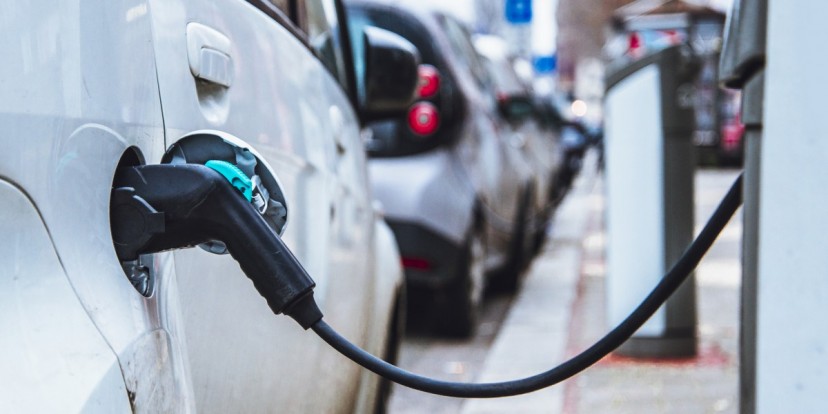Hi all,
What are the pros and cons of the new 800 V charging regimen compared to 350 to 400 V that we charge our Teslas with? As an electrical engineering student I would be very interested to find out. I have been searching the inter webs high and low for this topic and never found any relevant answers. It would be fun to discuss! Here is a start. If other forum members who are interested would like to chime in and add their opinions to the pros and cons list I think we could get an interesting little discussion going.
800V pros and cons (as compared to 400V) It is also assumed that the inverter motor combo runs 800 V but this may be wrong. Please correct me if this is the case.
What are the pros and cons of the new 800 V charging regimen compared to 350 to 400 V that we charge our Teslas with? As an electrical engineering student I would be very interested to find out. I have been searching the inter webs high and low for this topic and never found any relevant answers. It would be fun to discuss! Here is a start. If other forum members who are interested would like to chime in and add their opinions to the pros and cons list I think we could get an interesting little discussion going.
800V pros and cons (as compared to 400V) It is also assumed that the inverter motor combo runs 800 V but this may be wrong. Please correct me if this is the case.
| Pros | Cons |
| Lower weight of conductors (as a function of lower current). | Lower power density in the motors due to larger insulation surface (function of thinner winding) and insulation thickness (function of voltage). |
| Lower cooling requirements, for inverters and conductors as a function of lower current. | Lower inverter efficiency and rpm band due to trade offs in high voltage MOSFETs. |
| Lower inverter mass due to fewer or alternatively lower current inverter components. | Higher cost and weight of insulation for all HV conductors inside and the car and in the chargers. |
| Increased risk of injury in the event of shut off and /or insulation failure. |
Last edited:




